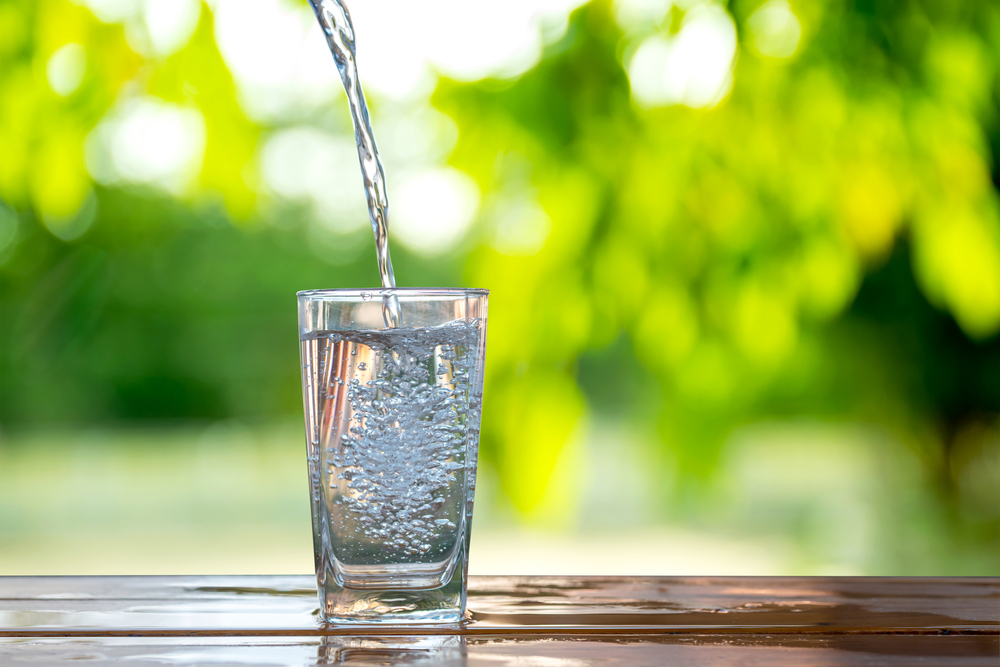In an Australian first, a patent has been lodged by UNSW Sydney for life-saving water technology that could save drought-stricken communities and those living in water stress around the world.
A UNSW research team, led by Senior Lecturer at the School of Materials Science and Engineering, Dr Rakesh Joshi, has developed a nanomaterial with desiccant qualities, which can be used to create air-to-water generators, harvesting clean water from airborne humidity.
Dr Joshi says this nanomaterial and its properties are unlike any other technology previously seen in the world.
“At any moment there is more than 140 trillion litres of water suspended in the atmosphere or six times more than all the freshwater rivers and lakes on the planet,” says Dr Joshi.
“This technology has the ability to work with the natural water cycle in a cost-effective way.”
With research sponsored by Vesi Water, this nanotechnology has been in development for over six years by a global leading research pedigree.
The team’s focus is to alleviate the global water crisis by delivering efficient air-to-water technology across multiple applications.
“Our patented technology is the missing link to developing high volume, cost competitive air-to-water generation systems,” says Dr Joshi.
“Discovered in Australia, but needed worldwide, we want to deploy this technology on an international scale to help communities all over the globe.”
Half the world’s population is expected to be living in by 2030.
Co-inventor and research sponsor, Vesi Water’s Llewellyn Owens says the new discovery is expected to have a significant humanitarian impact.
“More than two billion people globally do not have access to safe drinking water and this discovery can help to alleviate that.
“As well as its humanitarian impacts, this technology can be used across multiple applications including rural and remote, agriculture, industrial and military.”
With a low environmental impact, the nanotechnology is more competitive than other air-to-water technologies, with financial projections estimating costs of around $16 per kilolitre.
“For communities experiencing water stress, their current options for water access are rainwater harvesting, desalination or water trucking, which were heavily used by regional towns in Australia during the recent drought,” says Mr Owens.
“These methods are expensive; rainwater harvesting requires rain to fall and desalination cannot reach rural and remote areas.
"Water trucking is a temporary measure to provide water to beneficiaries and given the high cost over an extended period, there needs to be a firm commitment to develop more sustainable water supply solutions.
"Our nanotechnology has the ability to change all of that.”
UNSW is now working with its research partner, Vesi Water to develop its flagship product, that is set to be launched in 2022.
“We’re also looking at looking to develop two pilot projects, one in Asia, and one in Australia,” says Mr Owens.
The pilot projects are expected to be underway in early 2022.


